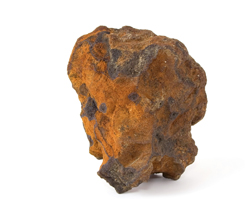Understanding iron metabolism in parasites
Iron is an essential nutrient for all living organisms and host availability of iron determines the host-parasite relationship. Knowing how parasites acquire, transport and utilise iron would allow us to design novel strategies to deplete or prevent iron uptake. This would counteract the pathogenic nature of these parasites. With this in mind, the EU-funded ‘Cytosolic iron metabolism in unicellular eukaryotic pathogens’ (Patho Iron) focused on studying the mechanism of iron metabolism in different unicellular microorganisms. Using proteomic analysis and liquid chromatography methods, scientists found that in the human parasites Trichomonas vaginalis and Candida albicans, cytosolic iron was present in a non-protein–bound form. Furthermore, the marine microorganism Chromera velia, a photosynthetic type of algae was used to determine which iron sources are assimilated by marine phytoplankton and to delineate the process by which this takes place. Chromera velia was found to take up iron in two steps, first by concentrating aqueous ferric ions in the cell wall and then allowing them to enter the cell through a thermodynamically controlled mechanism. This information holds important clinical relevance considering the close relation of C.velia to the parasite that causes malaria in humans. As such, the Patho Iron project dissected the mechanism underlying iron metabolism in unicellular parasitic microorganisms. Project findings do not only add to our basic knowledge on parasite biology but have important implications for the development of novel therapeutic agents.







